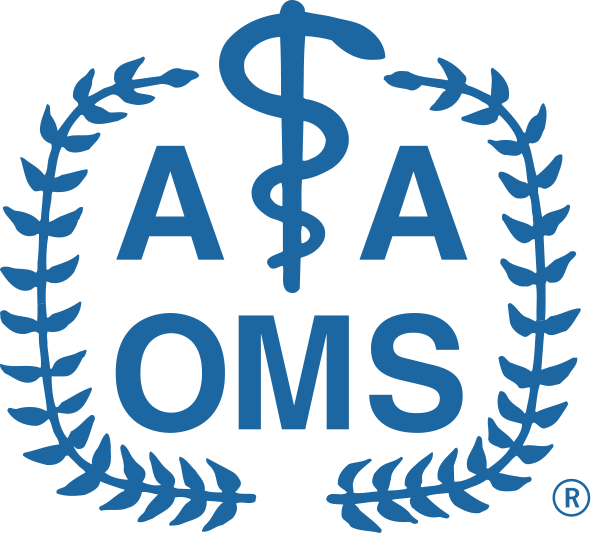ROSEMONT, Ill. – Computed tomography (CT) is used excessively for scanning dental infections even though history and physical examinations can help correctly diagnose higher-risk infections before having patients undergo the scanning, which is associated with high costs and long-term potential for cancer, according to a study published in the March issue of the Journal of Oral and Maxillofacial Surgery.
Developing guidelines for ordering a CT scan – which uses X-rays and computers to produce cross-sectional images of the body – could lower costs and radiation exposure by significantly reducing unneeded scans, researchers wrote in the study published in the official journal of the American Association of Oral and Maxillofacial Surgeons (AAOMS).
One of the most common diseases in the oral and maxillofacial area, dental infections (known as odontogenic infections) can vary widely in severity and risk. Among the study’s 470 adult patients with an odontogenic infection at the emergency department, 47.2 percent underwent an unneeded CTs can, according to the results.
Researchers found unnecessary scans were most widespread in patients with low-risk infections. Among those patients, 78.2 percent of the 284 CT scans were found to be unnecessary.
Researchers ruled a CT scan unnecessary if patients did not have a “red-flag” sign during their physical examination. These signs include voice change, elevated floor of the mouth, indications of inflammation of deep connective tissue spaces, swelling around the eyes, labored breathing, trismus (lockjaw), and difficulty swallowing or painful swallowing.
A CT scan also was determined to be unnecessary if the infection did not spread past spaces next to the teeth. However, CT scans were ruled necessary if they were conducted on patients with the disease in a space that posed a moderate to high risk to the airway or nearby vital structures.
Researchers found a “strong correlation” between red-flag signs and moderate- to high-risk infections that call for a CT scan. In addition, findings from history and physical exams were extremely predictive of the presence of moderate- to high-risk infections that warrant ordering a CT scan. For example, among red-flag signs, moderate- to high-risk infections were found in all patients with voice change, 88 percent of patients with elevated floor of the mouth, 75 percent of patients with difficulty swallowing (known as dysphagia) or painful swallowing (odynophagia) and 68 percent of patients with trismus.
“Establishing guidelines to standardize ordering is the first step oral and maxillofacial surgeons can take to decrease unnecessary CT scans,” researchers wrote. “Guidelines, in theory, would decrease the amount of unnecessary CT scans ordered and standardize ordering practices among providers.”
Medical imaging induces an estimated 2 percent of cancers, and cost is another issue, according to the study. Patients underwent unnecessary CT scans when less costly panoramic imaging would have been more suitable, researchers wrote. A CT scan of the head and neck in the ZIP code where the study took place – Jacksonville, Fla. – costs an estimated $1,219 to $3,328 depending on whether a patient is in-network while panoramic imaging totals $135, the study states.
“It is clear there is a large potential for cost savings by ordering the appropriate radiologic imaging,” researchers concluded.
The authors of “Overutilization of Computed Tomography for Odontogenic Infections” are from the University of Florida Health–Jacksonville: Ashleigh Weyh, DMD, MPH; Evan Busby, DMD; Salam O. Salman, DDS, MD; Carmen Smotherman, MS; and Shiva Gautam, PhD.
The full article can be accessed at www.JOMS.org/article/S0278-2391(18)31204-7/fulltext.
________________
The Journal of Oral and Maxillofacial Surgery is published by the American Association of Oral and Maxillofacial Surgeons to present to the dental and medical communities comprehensive coverage of new techniques, important developments and innovative ideas in oral and maxillofacial surgery. Practice-applicable articles help develop the methods used to handle dentoalveolar surgery, facial injuries and deformities, TMJ disorders, oral and head and neck cancer, jaw reconstruction, anesthesia and analgesia. The journal also includes specifics on new instruments and diagnostic equipment, and modern therapeutic drugs and devices.


